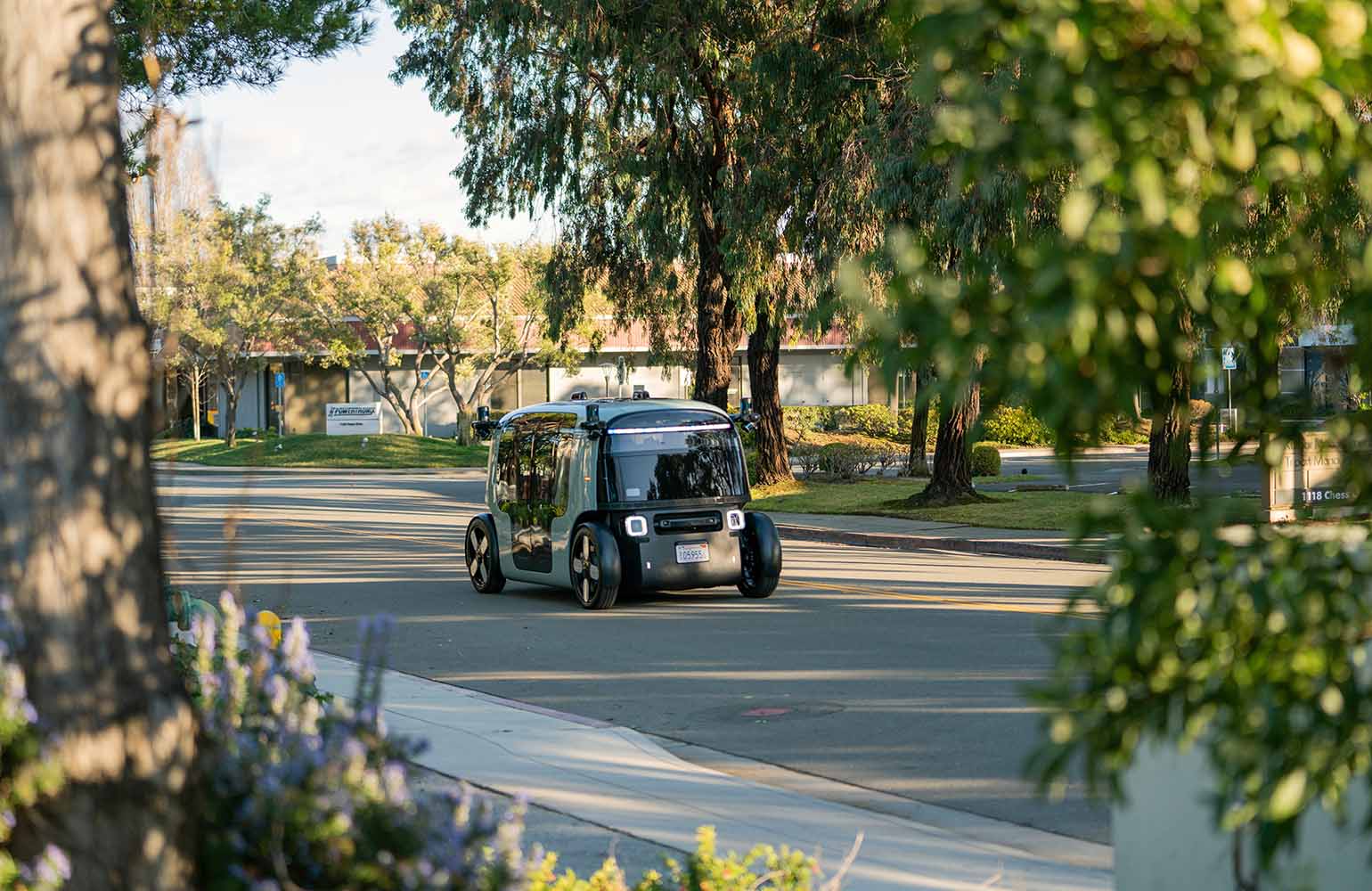|
Listen to this article  |

Zoox recently began testing its purpose-built robotaxis on public roads. | Source: Zoox
The Autonomous Vehicle Industry Association (AVIA) has unveiled policy recommendations aimed to promote the use of autonomous vehicles (AVs) for congress and the US Department of Transportation (USDOT).
According to the AVIA, these federal policy recommendations will help unlock AVs’ full capacity to provide safety, mobility and economic opportunities for Americans. The policies also aim to maximize the deployment and commercialization of safe autonomous technology across the country.
The AVIA’s framework includes all modes of AVs, including zero-occupancy delivery vehicles, trucks and passenger cars. The framework includes steps AVIA thinks USDOT should take and the necessary components of federal legislation that will support the advancement of AVs in the US.
The AVIA recommends that congress should enact federal legislation that:
- Will support US innovation in AVs with a clear federal framework that outlines necessary statutory and regulatory elements that are critical to the AV industry
- Encompasses all vehicle types
- Reforms and expands the vehicle exemption process
- Expands AV testing and evaluation
- Directs the National Highway Traffic Safety Administration (NHTSA) to complete Federal Motor Vehicle Safety Standards (FMVSS) rulemaking
- Codifies the preclusion of a “make-inoperative” provision for dual-use vehicles
- Codifies the Federal Motor Carrier Safety Administration’s (FMCSA’s) interpretation that Federal Motor Carrier Safety Regulations (FMCSRs) do not require a human driver in vehicles
- Preserves the federal role in regulating motor vehicles and interstate motor carrier activity
- Expands access to mobility by not requiring a driver’s license to be a passenger in an AV
- Protects confidential information
- Studies the economic, accessibility and equity of AVs
- Studies and encourages the development of the AV industry workforce
“AVs are testing and operating in states around the country, bringing people and goods to where they need to go. America is currently the leader in AV technology, but other countries are surging forward. It is time for the U.S. to solidify our leadership, and these policy recommendations will expand opportunities for AVs to increase road safety, create new mobility options, and support economic growth and new jobs,” said Jeff Farrah, Executive Director of AVIA.
To advance AVs, the AVIA encourages USDOT to:
- Update regulations to better support AV deployment
- Accelerate the path for novel design vehicles
- Complete the final rule on safe integration of autonomous driving systems (ADS) in commercial vehicles
- Promote AV safety by developing technical standards, conducting research, convening the industry to establish common approaches and fully leveraging existing data collections to inform future regulatory approaches to AV safety
- Preserve foreign market access through active engagement with other governments and international bodies
“We support The Autonomous Vehicle Industry Association in recommending a federal framework for AV policy. While we have effectively partnered with local officials to safely introduce AVs into their communities, a federal framework will accelerate the U.S.’s progress in this transformative technology. Federal guidelines that support innovation while maintaining the AV industry’s rigorous safety standards will support the growth of the sector and ensure the U.S. stays competitive with future mobility advancement. Driverless vehicles have the potential to make transportation safer and more accessible, and we’re eager to work with our public partners to make those benefits a reality,” Sam Wempe, Director of Government Relations at Motional, said.
The AVIA’s members are from leading AV companies across the world. The association works with lawmakers, regulators and the public to realize the safety and societal benefits of autonomous vehicles.
Currently, there aren’t any federal regulations for AVs. Companies that have begun to roll out AVs with no human drivers behind the wheel, like Cruise or Waymo, work with local regulators to ensure their systems are able to drive on public roads.
Credit: Source link


Comments are closed.